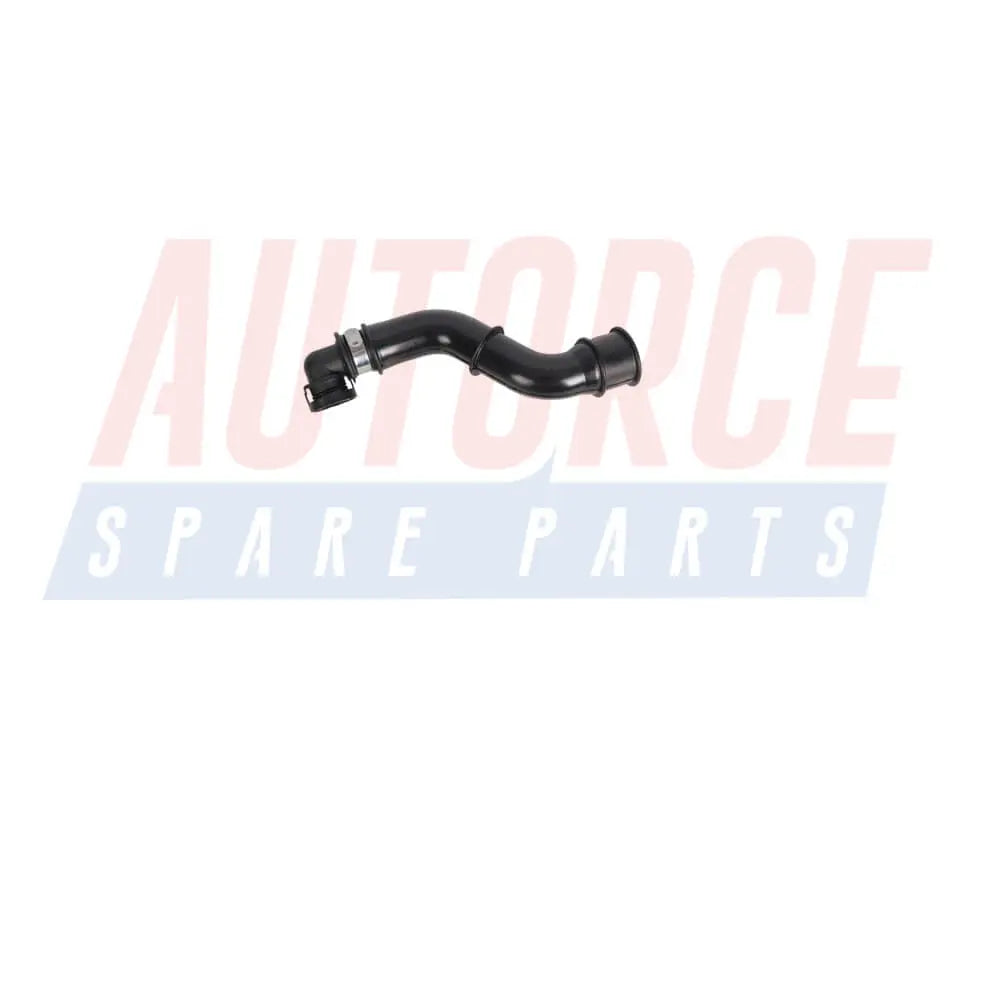Crankcase Breather Hose
3 products
Showing 1 - 3 of 3 products
Understanding the Crankcase Breather Hose: A Vital Component in Your Car's Engine
Modern cars are marvels of engineering, with a myriad of intricate components working together to ensure optimal performance and efficiency. Among these components, the crankcase breather hose holds a significant role in maintaining the health of your car's engine. This article delves into the importance of the crankcase breather hose, its function, common issues, and maintenance practices to ensure your vehicle operates smoothly and efficiently.What is the Crankcase Breather Hose?
The crankcase breather hose is a simple yet essential component of a car's internal combustion engine. Also known as a PCV (Positive Crankcase Ventilation) hose, it is responsible for managing and rerouting the gases produced during the combustion process. These gases, along with small amounts of oil vapor, accumulate in the crankcase, and if left unchecked, they can cause harmful pressure buildup within the engine.Function of the Crankcase Breather Hose
Removing Harmful Combustion Byproducts: During the combustion process, unburned fuel, water vapor, and other byproducts are generated. Without the crankcase breather hose, these gases would accumulate and create excess pressure within the engine, leading to potential damage.Preserving Engine Oil Quality: Some amount of oil vapor is created during engine operation. If not properly vented, this vapor can condense into sludge, leading to a loss in lubrication efficiency and reduced engine performance.
Reducing Emissions: The PCV system plays a vital role in reducing harmful emissions. By effectively recycling the blow-by gases back into the combustion process, the crankcase breather hose ensures cleaner exhaust emissions.
Common Issues with Crankcase Breather Hoses
1. Clogging: Over time, the crankcase breather hose can become clogged with carbon deposits, oil sludge, or other contaminants. This restricts the flow of gases, leading to increased pressure within the engine and potential oil leaks.2. Cracks and Leaks: Exposure to extreme temperatures and engine vibrations can cause the breather hose to degrade, resulting in cracks and leaks. These issues compromise the proper functioning of the PCV system and can lead to engine performance problems.
3. Improper Valve Function: In some cases, the PCV valve, which is connected to the breather hose, may malfunction, preventing the proper ventilation of gases from the crankcase.
Maintenance and Replacement
Regular maintenance of the crankcase breather hose is crucial to ensure optimal engine performance and longevity. Here are some maintenance tips:1. Inspect Regularly: Include the crankcase breather hose in your routine vehicle inspections. Look for signs of wear, cracks, or leaks.
2. Clean or Replace: If you notice any clogs or deposits in the hose, clean it using an appropriate solvent. However, if the hose is damaged or showing signs of significant wear, it is best to replace it with a new one.
3. Check the PCV Valve: Ensure that the PCV valve connected to the hose is functioning correctly. Replace it if necessary, as it plays a critical role in maintaining the PCV system's efficiency.
The crankcase breather hose may seem like a small and often overlooked component in your car's engine, but its role is crucial for maintaining optimal engine performance and reducing harmful emissions. Regular inspection, cleaning, and replacement when necessary will help ensure the PCV system works efficiently, protecting your engine and improving the overall driving experience. By understanding and taking care of this essential component, you can keep your car running smoothly for years to come.
Showing 1 - 3 of 3 products
Display
View


Crankcase Ventilation Hose Pipe For Ford Tourneo Custom V362 Transit V363 2.2 TDCi (2007 - 2016) BK2Q6A886AC, 1741798
In stock, 50 units
Sale price£24.90
Filters (0)




